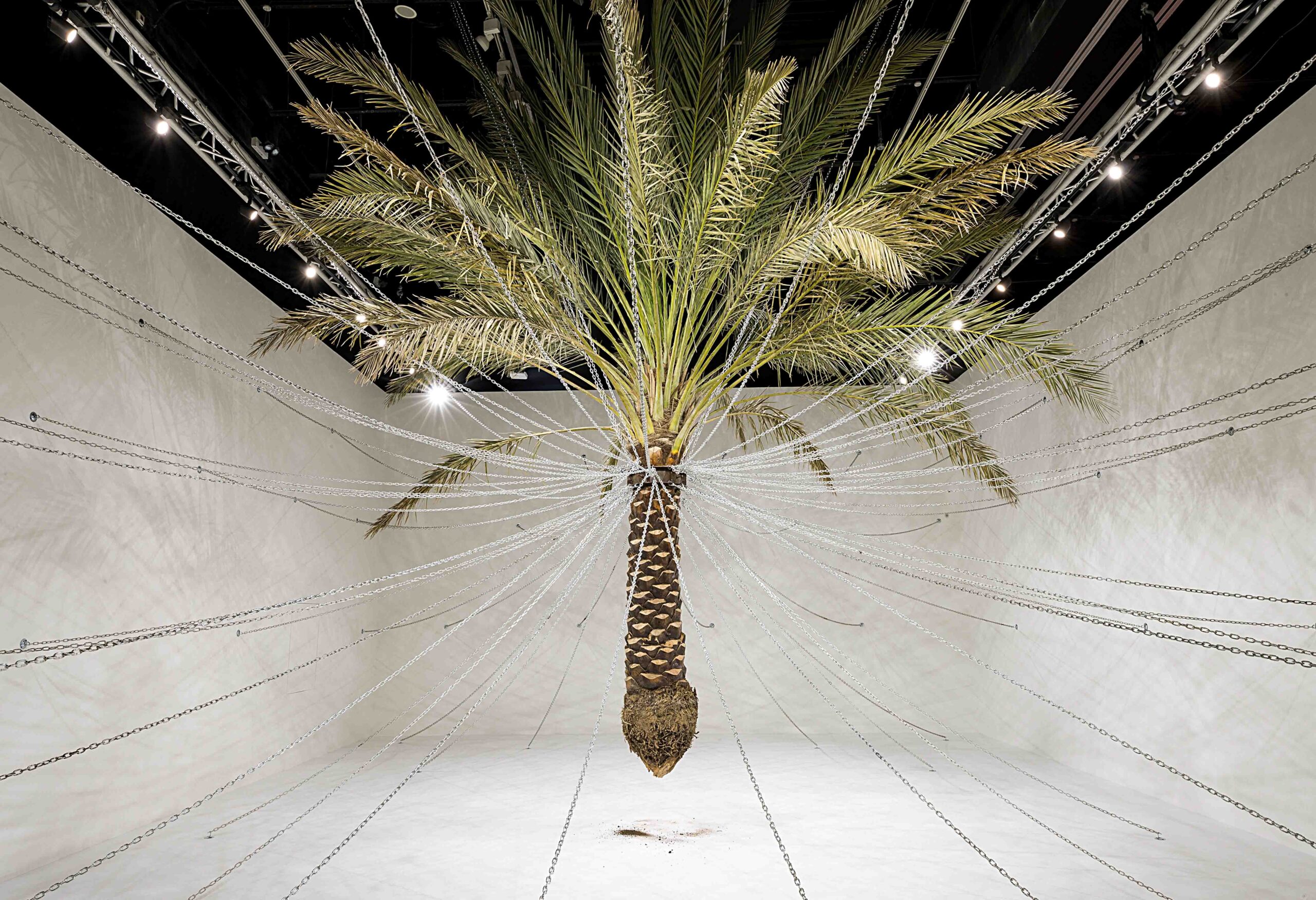Elemental – An interview with Joana Vasconcelos – Rajesh Punj
In his day Swiss psychiatrist and psychoanalyst Carl Jung introduced the idea that “the creation of something new was not accomplished by our intellect, but by the play instinct acting from inner necessity. The creative mind playing with the objects it loves.” And that reflex to rally together objects as the essential elements of an idea is what Portuguese artist Joana Vasconcelos does with great aplomb. Unashamed to see a casserole dish in a gallery setting, and as easily able to exhibitcommonplace consumables as the pieces of a modern memorial to our lives; Vasconcelos sees our belongings as reasonable readymades for a public setting. As French-American conceptualist and chessplayer Marcel Duchamp said of his chose of object as art, “my idea was to choose an object that wouldn’t attract me, either by its beauty or its ugliness. To find a point of indifference when looking at it.” Thus his choice of object was decided by its degree of dissolve, of how invisible it had become as an article of reality. That once removed from their everyday setting, and access to their contents denied, that the object’s facade function as a reference to reality, whilst serving to explain a new visual scenario. For Vasconcelos that softening of something’s original utilitarian meaning isn’t what proves her priority, it is that the object is allowed to retain its identity, whilst at the same time, the item is employed to explain anew situation that she sees as significant – as the object in the artist’s hands becomes a signifier for a swell of sensational ideas.
And like Duchamp, or (Andy) Warhol in his day, Vasconcelos seeing something in the ordinary object, looking no further than the side cabinet or kitchen sink for the props, that already have autilitarian setting, labelled and located as such, that she, like Warhol with his Campbell soup cans and Brillo boxes, removes from their rudimentary relationship to reality, relocating and reintroducedthem as the body parts of her artworks. Which for Vasconcelosinvolves transforming the private and personal, into these astonishingpublic monuments. Seeing the domestic space, and the objects that operate there as being available to art and open to new possibilities. Duchamp goes further to explain how the creative act “is not performed by the artist alone.. the spectator brings the work in contact with the external world by deciphering and interpreting its inner qualifications, and thus adds his or her contribution to the creative act.” Duchamp’s acknowledgement of the individual as essential to art is something that Vasconcelos expanded even further, seeing the artist under the influence and involving so many others,besides her studio, of her not being able to exhibit if an institution had not invited her, and of her remainingunknown if she hadn’t initially been talked about. And instead of seeing herself as central, as we would expect, Vasconcelos explains everything as being about the relationship of individuals and institutions in allowing her work to be sited and seen by an audience. Which is best explained as an inclusive philosophy, of seeing everyone and everything as elemental and integral to her work.
I have a very symbiotic personality, so that means that because I can read frequencies, I can read space, and I can read energies, which means that I can adapt to a situation.



